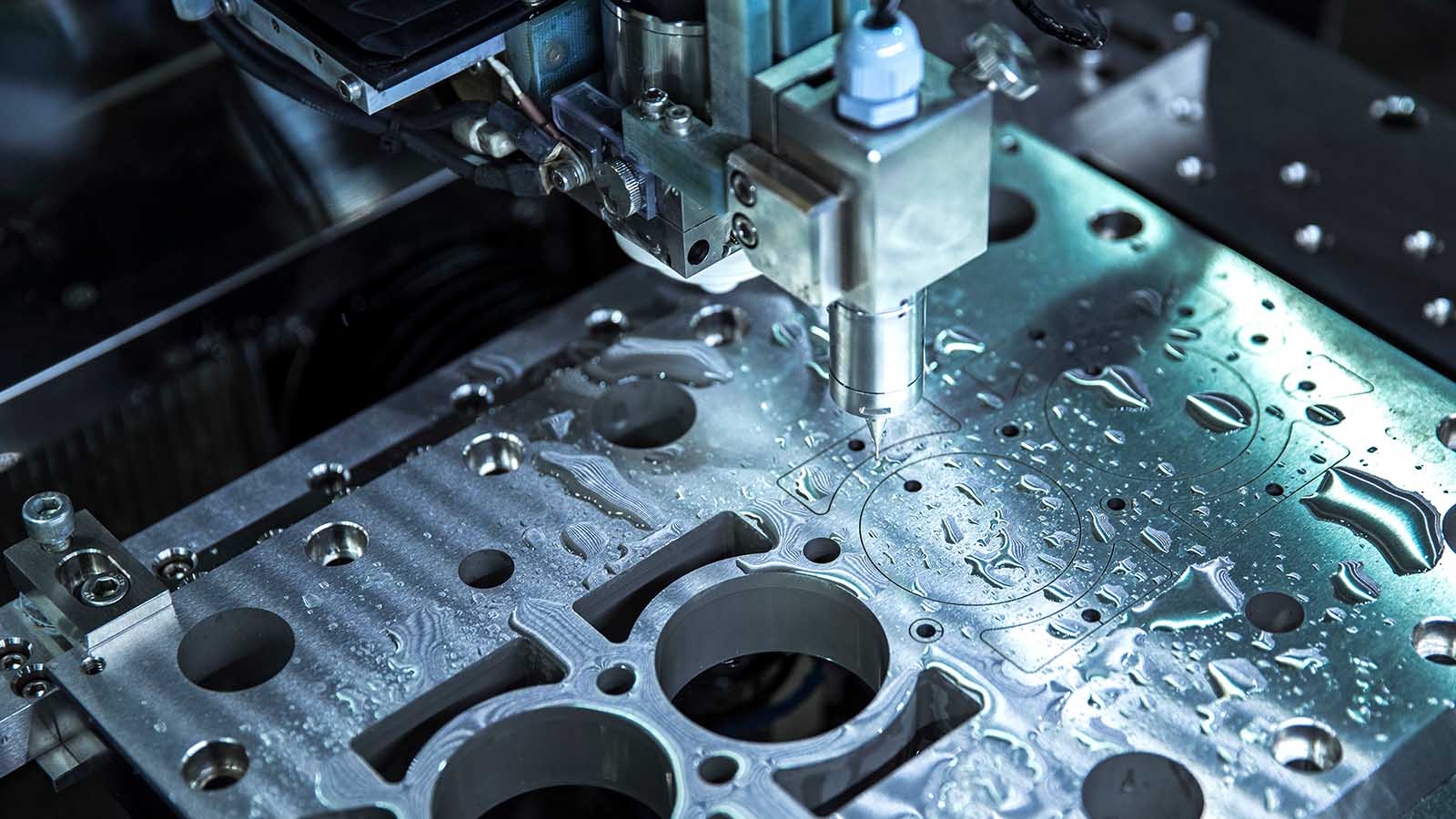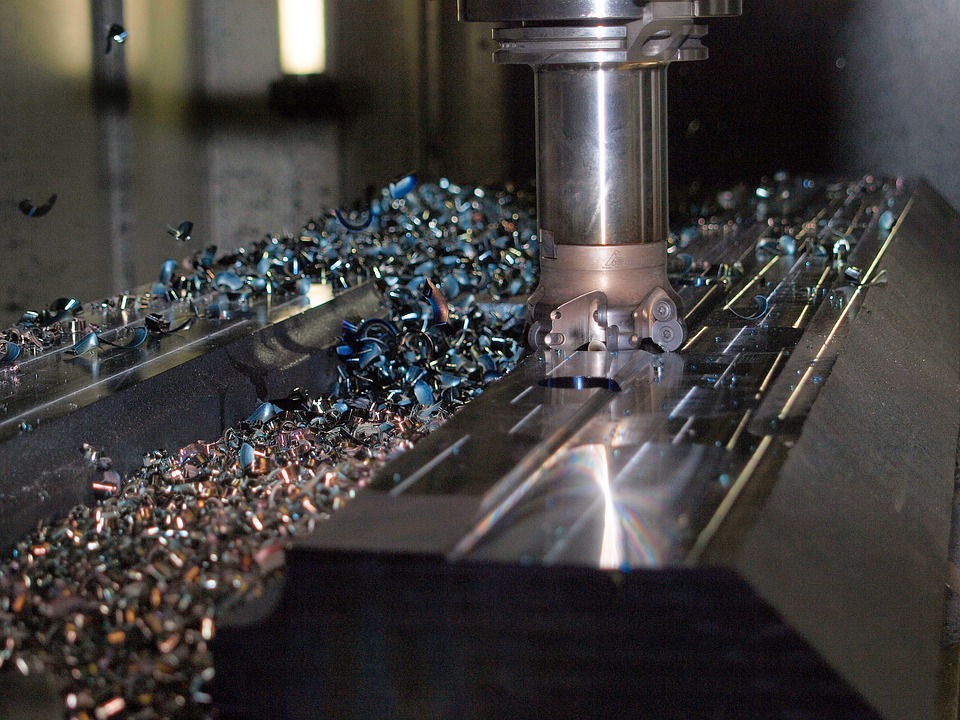Fasteners and Machining: Incorporating Accuracy and Stamina in Manufacturing
Fasteners and Machining: Incorporating Accuracy and Stamina in Manufacturing
Blog Article
Revealing the Intricacies of Bolts and Machining Processes for Optimal Efficiency
In the realm of design and manufacturing, the option of fasteners and the intricacies of machining procedures play an essential duty in figuring out the supreme efficiency and toughness of a product. From the apparently straightforward job of choosing the appropriate kind of bolt to the complicated accuracy machining strategies employed, every action in this process needs meticulous focus to detail. As we start this expedition into the globe of fasteners and machining, we will reveal the subtle yet essential elements that can dramatically affect the performance and quality of the end product, clarifying the commonly overlooked elements that can make all the difference in achieving ideal efficiency.

Significance of Proper Bolt Choice
Choosing the appropriate bolts is vital in making sure the architectural honesty and durability of any type of mechanical assembly. Bolts play an essential role in holding parts together firmly, with the ideal choice adding dramatically to the general performance and integrity of the assembly. When picking fasteners, factors such as product compatibility, environmental problems, load-bearing capacity, and convenience of setup must be very carefully considered to assure optimal efficiency.
Improper bolt selection can cause a variety of concerns, including helping to loosen, corrosion, and even architectural failure. Utilizing fasteners that are not fit to the specific demands of the setting up can compromise its capability and pose security threats. As a result, designers and designers should diligently examine the application requires and select fasteners that satisfy or go beyond the required requirements and requirements.
Additionally, the appropriate fastener selection process involves evaluating the joint style, prepared for loads, vibration levels, and possible thermal growth or contraction to ensure that the chosen fasteners can endure the operating conditions successfully. By focusing on correct bolt option, suppliers can boost the top quality, resilience, and performance of their mechanical assemblies.
Types and Characteristics of Fasteners
An important facet of mechanical settings up lies in understanding the varied types and unique features of bolts utilized in numerous commercial applications. Fasteners are critical parts that hold structures with each other, making sure stability and capability.
Screws are threaded bolts that are typically made use of to join two or even more components with each other. Bolts are comparable to screws however are typically used with a nut to develop a protected joint. Nuts are inside threaded fasteners that mate with screws to hold parts together. Washing machines are slim plates that distribute the lots of a bolt, stopping damages to the material being attached. Rivets are permanent bolts that are hammered or pushed into area. Pins are used for positioning or to secure elements momentarily.
Comprehending the attributes of each type of fastener is important for selecting the right one for a particular application, ensuring optimum efficiency and dependability of the mechanical assembly. Fasteners and Machining.
Precision Machining Strategies for Performance
The complex style requirements of various bolts require utilizing precision machining strategies for ideal efficiency in manufacturing procedures. Precision machining is essential in ensuring that bolts satisfy the exact requirements needed for their intended application. he said Among the main techniques made use of in accuracy machining is Computer Numerical Control (CNC) machining, which makes it possible for high degrees of precision and repeatability in the production of bolts. CNC makers can executing intricate cuts and shaping procedures with minimal human intervention, resulting in boosted efficiency and consistency in the manufacturing process.
Along with CNC machining, other accuracy techniques such as grinding, milling, and transforming are commonly utilized to attain the tight tolerances needed for fasteners. These methods permit producers to produce bolts with smooth surfaces, accurate measurements, and high architectural integrity. By using precision machining methods, producers can boost the quality of fasteners, minimize product waste, and enhance overall production effectiveness. Furthermore, making use of sophisticated machining procedures aids make certain that bolts satisfy sector standards and customer expectations for performance and dependability.

Variables Influencing Machining Process Efficiency
Numerous variables play a substantial role in establishing the performance of machining procedures in the manufacturing of bolts. The initial vital variable is the choice of reducing devices. Selecting the suitable devices based upon the product being machined, desired surface, and reducing speeds can significantly affect the performance and quality of the machining this hyperlink process. Furthermore, the reducing criteria such as reducing speed, feed rate, and depth of cut are necessary variables that affect efficiency. Fasteners and Machining. Optimizing these specifications based upon the certain needs of the bolt being produced is key to accomplishing cost-efficient and precise machining.
Machine strength and stability additionally play a critical function in determining machining procedure performance. An educated operator can make real-time adjustments, troubleshoot problems efficiently, and make certain that the machining process runs efficiently, ultimately influencing the final top quality of the fastener.

Quality Assurance Steps in Manufacturing
Factors influencing machining procedure efficiency, such as cutting tool choice and equipment stability, directly effect the execution of quality control steps in production. Normal upkeep of machining equipment is likewise crucial to copyright quality control. By adhering to rigid top quality control actions, manufacturers can improve client contentment, construct a reputation for reliability, and eventually accomplish optimum efficiency in their machining procedures.
Verdict
Finally, picking the right fasteners and utilizing precision machining techniques are vital for ideal efficiency in making procedures. Comprehending the kinds and attributes of fasteners, together with aspects influencing machining process performance, can result in improved efficiency and quality control measures. By taking notice of these intricacies, manufacturers can attain greater degrees of performance and reliability in their items.
In the world of design and manufacturing, the selection of bolts and the details of machining this page procedures play an essential role in determining the best efficiency and sturdiness of a product (Fasteners and Machining). One of the key methods utilized in accuracy machining is Computer system Numerical Control (CNC) machining, which allows high degrees of precision and repeatability in the production of bolts. The usage of advanced machining procedures assists ensure that bolts satisfy industry criteria and client expectations for efficiency and reliability
In verdict, selecting the appropriate fasteners and utilizing accuracy machining techniques are crucial for ideal performance in producing processes. Recognizing the types and features of fasteners, along with variables affecting machining procedure efficiency, can lead to improved effectiveness and quality control procedures.
Report this page